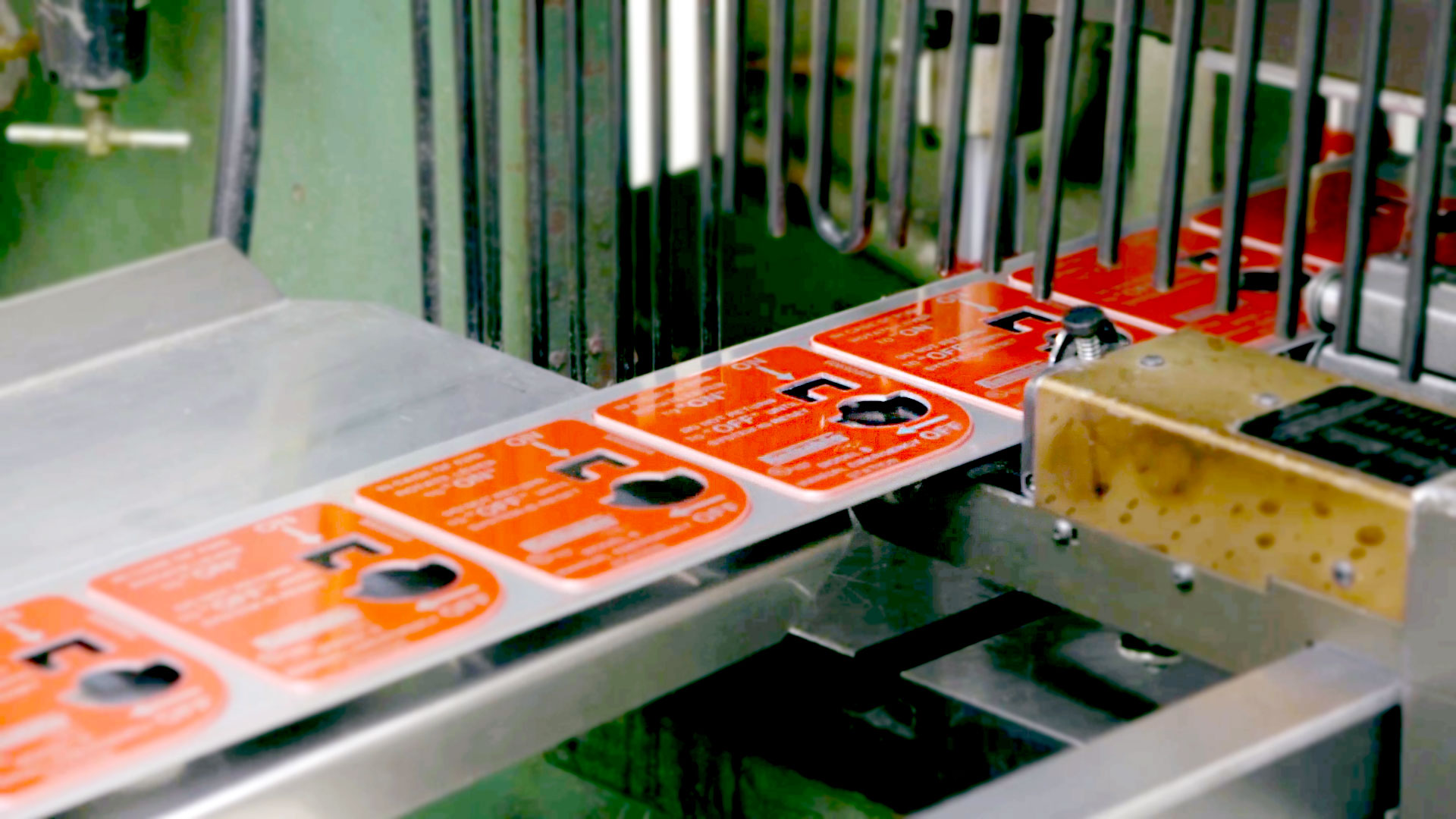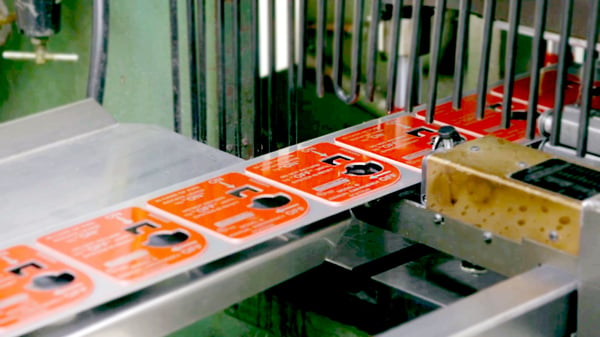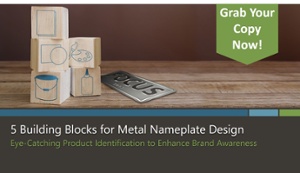There are many elements that product designers need to keep in mind when it comes to the branding, caution or operating information that is on the product. These include size, material, graphics and attachment of the nameplate, ID Plate or label. Another aspect to consider is how parts will be cut, formed or fabricated. This post reviews these factors along with options available to ensure consistent and durable product identification.
Factors Used to Determine Tooling Type for Nameplates
In an ideal project review, you provide a dimensional blueprint or drawing that details your specifications in material, size, shape, adhesive and any cutouts or other build requirements. Our team will take into consideration the quantity of the project, what type and thickness of material is required, the shape of the part, tolerance specifications and any special finishes such as embossing, debossing, forming, holes, cutouts or slots.
Tooling Options for Nameplates and Labels
Any nameplate or label that is manufactured at McLoone starts out decorated on a flat sheet of metal or plastic material. It is then cut to the specified shape including any pierced holes. Dimension can be added with additional emboss and form dies.
Steel rule is our most common type of tooling. It is essentially a cutting die made by bending ribbons of steel to desired contours and embedding the shapes into a wooden base (die board) with the sharp edges of the steel ribbons exposed, creating the cutting surface.
-
Part tolerance = ±.015"
-
Materials less than .032" thick
-
Cost effective and quick build timeline
-
Ideal for basic shapes with minimal cutouts
-
Parts can be cut to liner
-
Not recommended for large quantities
-
Edges of part may show a pronounced burr
Hard tooling is classified as Class 'A' tooling. It usually consists of mating die halves called male and female that when pressed together cut through the material, resulting in the desired shape and cutouts.
-
Part tolerance = ±.005" - ±.010"
-
Materials greater than .032" thick
-
Specific emboss height required or multi-level emboss
-
More costly than steel rule dies with a slightly longer build timeline
-
Ideal for high quantity parts or parts with multiple cutouts and form
Laser cutting is an option for computer-driven cutting of plastic material less than .010" thick.
-
Part tolerance = ±.015"
-
Plastic materials less than .010" thick
-
Cost effective and quick production time
-
Cut to shape perimeters only - no inside cutouts
How Can We Help?
With a full-service tool and die capability and a library of thousands of dies, McLoone can produce hard tooling as well as steel-rule and pierce dies in-house at less cost than is typically available in the market. We can help identify a cost effective and durable solution to fit your product identification needs.




